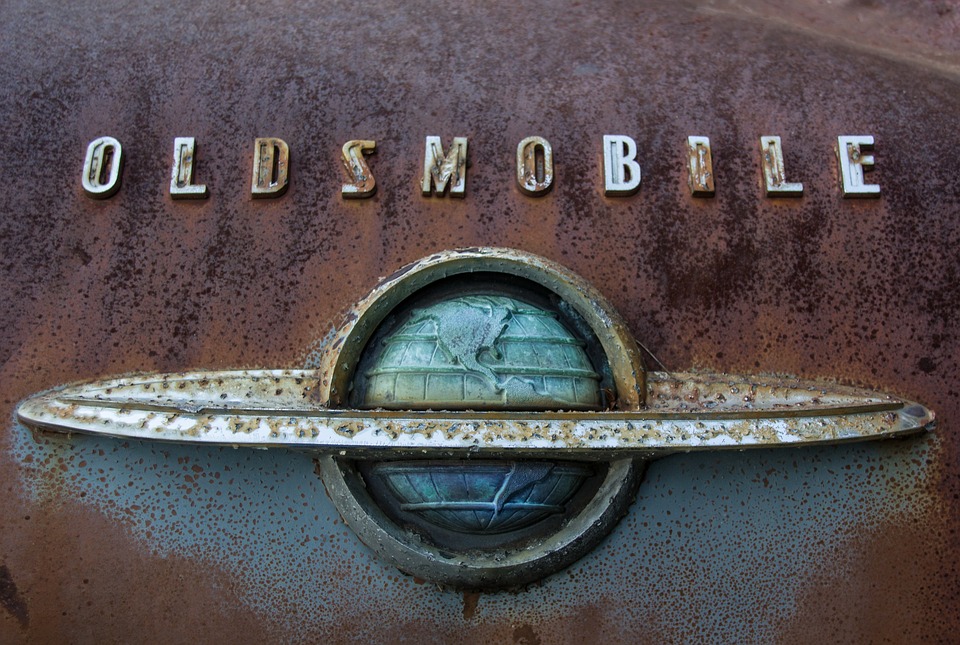 23 May
23 May What Made the Oldsmobile W-30 Special?
- Posted by Car Guy
- 0 Comment(s)
The name makes it sound like either a motor oil rating or a new type of tax form you’re dreading trudging your way through come April. As far as Oldsmobile dealers were concerned, that’s all it was — it was so secretive that even the majority of company dealers didn’t know it existed.
During the height of the ‘60s muscle car craze, the W-30 was Oldsmobile’s secret weapon, packing enough power to jettison it to the front of the line for gearheads and speed fanatics alike when it won the 1966 National Hot Rod Association drag racing C/Stock category. In fact, this was the sole purpose of the design: winning races. This is so true that the majority of people who bought W-30s completely stripped them down, even to the point of removing their radios and heaters.
Meet The W-30
The W-30 was a package option designed for the already popular Oldsmobile Cutlass 4-4-2. The project to reinvent the famous muscle car as a successful dragster started in 1964, and climaxed out of secrecy with the 1966 drag race like a jack-in-the-box. By 1967, the Cutlass 4-4-2 W-30 had fully come into its own.
The W-30 induction system was an upgrade in efficiency over the popular scoops that captured air running over the hood. It drew cold air from inlets below and above the parking lights, and funneled it through two five-inch flexible tubes to a stamped air cleaner. The location of the inlets was unobtrusive and created a pressurizing effect, and relocating the battery to the trunk made room for the tubes. The engines were all upgraded with a hotter cam, higher oil pressure, and stronger valve springs. All of this worked together to make it a rocket on wheels.
As cool as sitting in the driver’s seat of a raw ballistic missile may seem, it’s not worth much without handling that can keep it grounded and under control. Newly designed optional front disc brakes pushed muscle car road handling over the top, so much so that Car and Driver called it “the best handling car of its type we’ve ever tested.”
The standard two-speed automatic transmission the 4-4-2 came with was updated with a Hydra-Matic three-speed designed for high-rpm upshifts.
The name “W-30” started merely as an order code for a specific set of upgrades, but it didn’t take long for it to become gearhead jargon for the ultimate muscle car in the late ‘60s.
